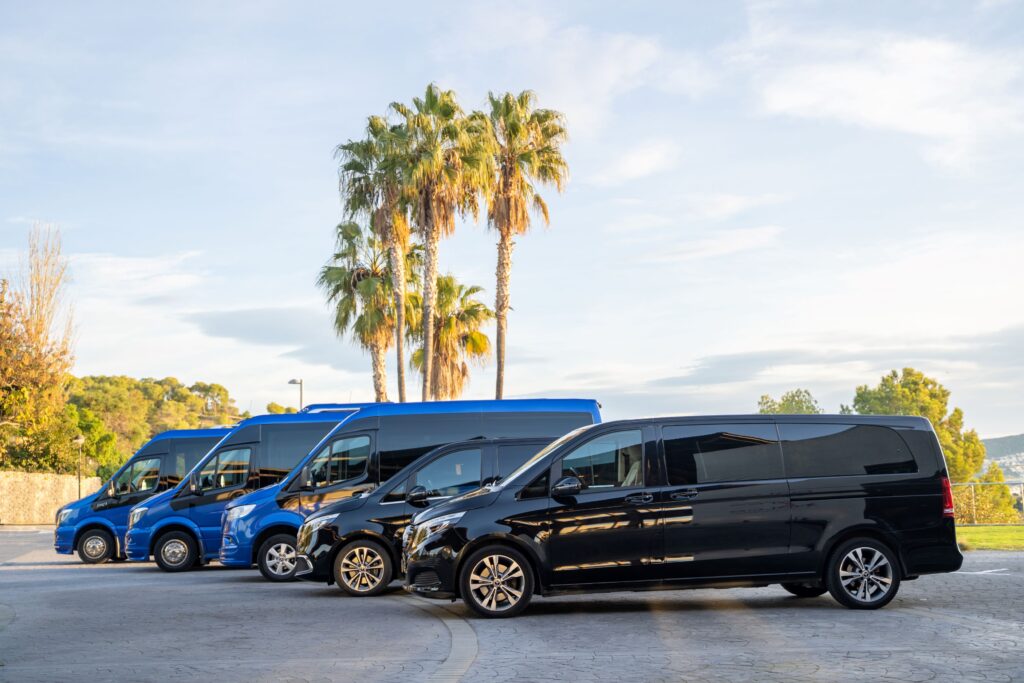Family Tourism. Spring Activities in Catalonia
There is a wide and varied range of activities and new tourist experiences for small groups or families.
Spring begins on March 20. It is what is called the spring equinox and it will end on June 21 when the summer solstice arrives. The Vernal (Spring) Equinox in the Northern Hemisphere is the Autumnal (Fall) Equinox in the Southern Hemisphere and vice versa. Not Entirely Equal Day & Night
On the equinoxes the Sun shines directly on the equator and the length of day and night is nearly equal – but not quite. The March equinox marks the moment the Sun crosses the celestial equator – the imaginary line in the sky above the Earth’s equator – from south to north and vice versa in September. In the Northern Hemisphere, the Vernal (Spring) Equinox marks the first day of astronomical spring. There’s also another, more common definition of when the seasons start, namely meteorological definitions, which are based on average temperatures rather that astronomical events.
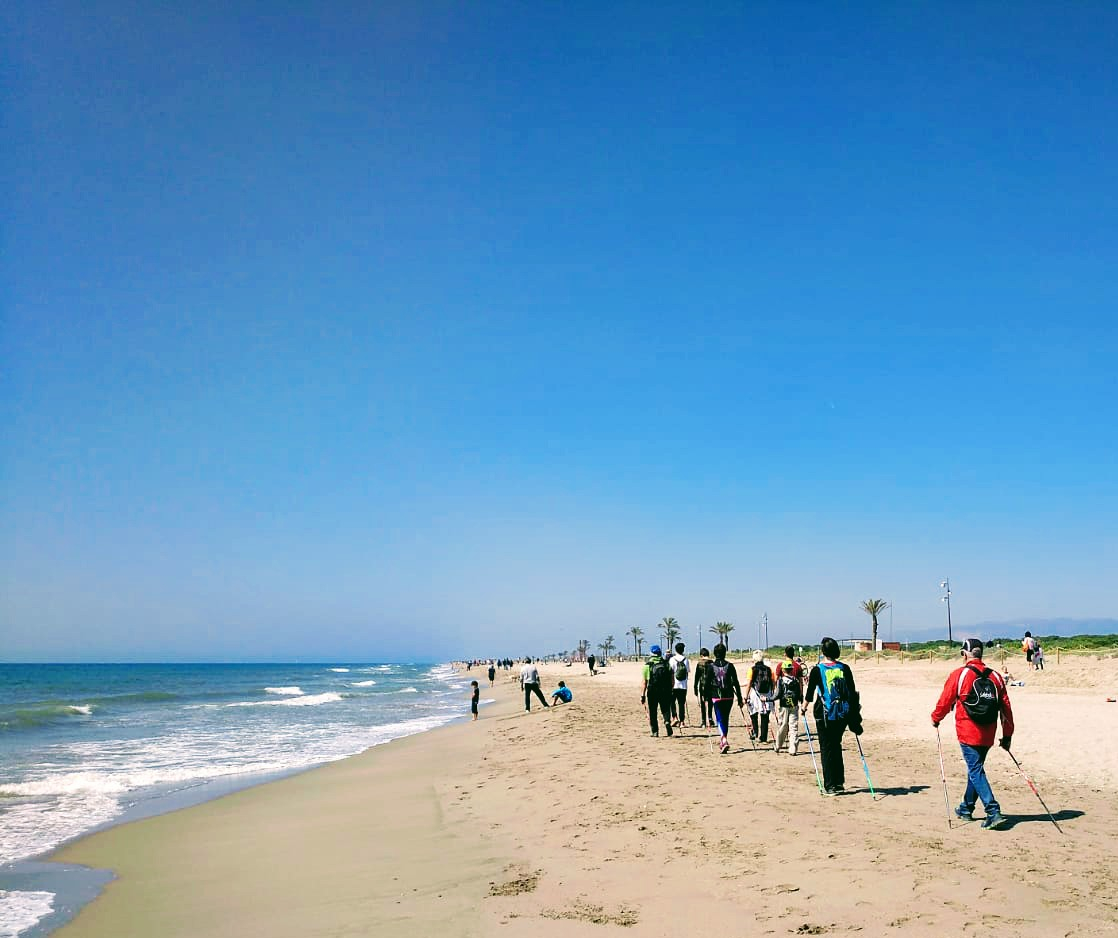
CATALONIA WITH KIDS
And it is in spring when family tourism proposals are back. Family tourism in spring is characterized by weekend getaways. A local tourism where sports activities with the family, or in a natural environment or complemented with cultural and leisure activities increase the desire to travel and get away from home. This season is characterized by longer days than nights and by the flowering of plants.
There are attractive plans for tourism at this time of year, and some examples are travelling to the region of Aitona and experiencing what it is like to enjoy a great chromatic spectacle offered by nature thanks to the flowering of the fruit trees. There are routes through this area and visits and activities that are complemented by many other cultural and natural routes. In the rest of the Iberian Peninsula, there are also very similar tourist programs and family activities. Spring also coincides with the arrival of Easter, when family getaways allow you to enjoy a short holiday. At this time of year, the Corpus Christi festival is also well known. During these dates, many localities of the region show off their best coves with their streets decorated with huge carpets made of petals. A different excursion that does not require a long journey, as there are numerous villages that display their flower carpets.
Travelling to Catalonia with kids couldn’t be easier. If you’re restricted to the summer holidays, you’ll find milder climes in the Pyrenees, and the children are welcome virtually everywhere with minimal fuss. There are lovely self-catering options, swimming pools, sheltered bays and plenty of outdoor action for older children and teens.
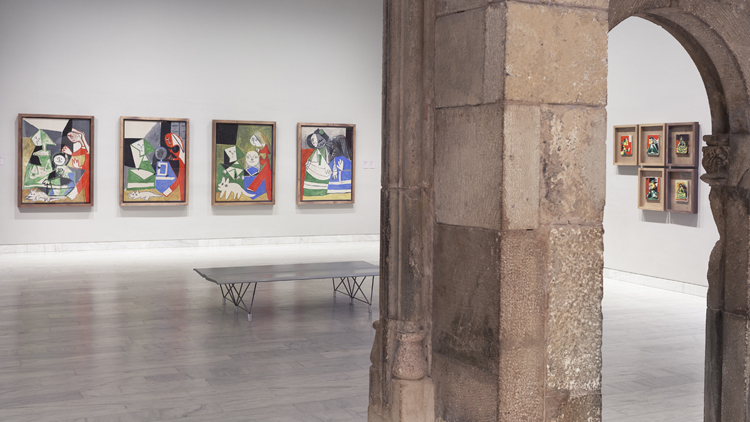
MUSEUMS in BARCELONA
Barcelona’s museums offer a wide range of workshops and hands-on experiences that are constantly being updated, meaning that adventures are guaranteed for all the family on every visit. From sharing experiences with art, history and the humanities at Caixaforum, the Fundació Miró, the Museu Picasso and the Museu Nacional d’Art de Catalunya, to discovering science and the constellations at CosmoCaixa and the Museu Blau, and experiencing the world of sport at the Camp Nou Experience and the Museu Olímpic i de l’Esport.
You can also sign up for a chocolate lollipop-making class at the Museu de la Xocolata, make Korean percussion instruments at the Museu de la Música, make a wicker basket at the Botanical Gardens, travel back to Roman and medieval times for a day at the MUHBA and the Museu d’Història de Catalunya, or build a submarine in a bottle at the Museu Marítim de Barcelona.
Touring towns and villages one country, a thousand possibilities
Labyrinthine streets with stone houses to the right and left, a castle that seems taken from a fairytale, a 13th century church, ivy climbing over walls and windows: Yes, the streets of Peratallada (Costa Brava) speak of a medieval Catalonia steeped in tradition. We are only a little over 100 kilometers from the Torre Glòries or Sagrada Familia, the icons of the busy Barcelona of the 21st century.

The essence of Catalonia is found in the little villages that preserve the legacy of thousands of years of rural life as well as the most modern cities. These are cities with an incredibly rich cultural life and provide the same comforts and services that can be found in any great metropolis today. These cities are connected to the rest of the world and wager on technology, sustainability, and modern infrastructures, but continue to practice centuries-old traditions in the form of vibrant popular festivals. This occurs in Barcelona, but also in cities like Tarragona, Lleida, and Girona, where history and future are felt at the same time.
Bustling cities contrast with peaceful villages located a few kilometers away where cava is made and the wine is left to rest, where olives are picked to produce the culinary treasure of oil, and where pottery is produced with traditional techniques. These are the two sides of Catalonia, a diverse place that is constantly surprising its visitors.
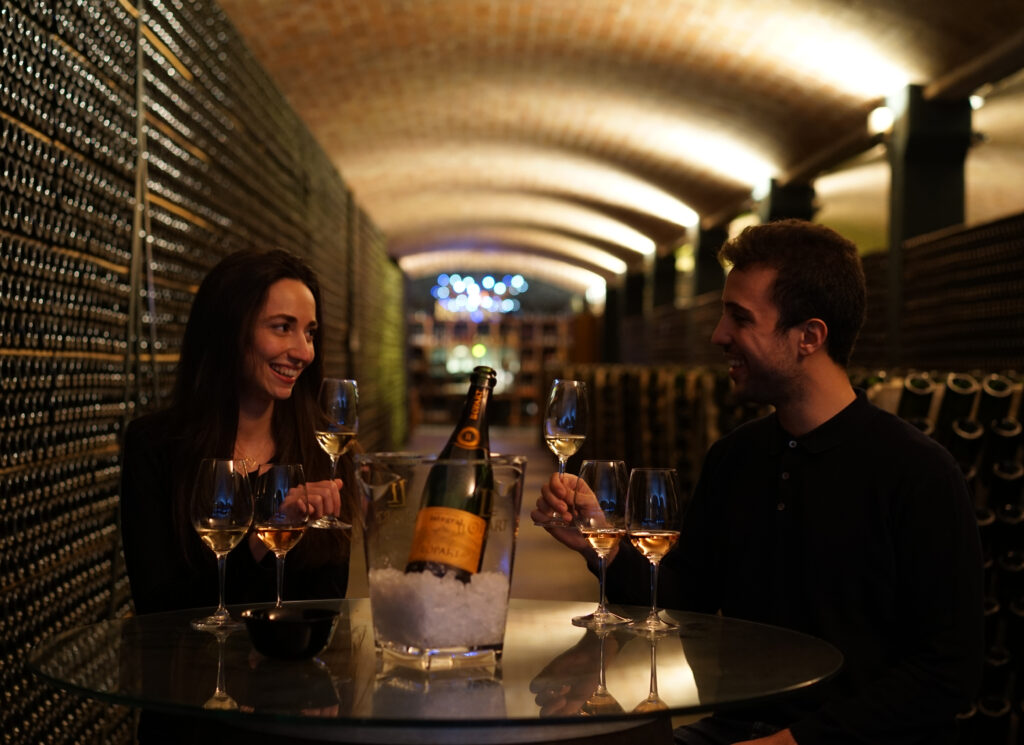
WINE TOURISM – Wine and Cava Routes,
The wine tourism routes offer you the chance to discover and get to know an area with its own personality and a rich diversity that revolves around the culture of wine and cava.
The cava routes: the wine and cava routes of the Consorci de Promoció Turística del Penedès offer the possibility of visiting other cavas thanks to different routes that go through some of the municipalities of the region through the most emblematic wineries, villages, and monuments.
Cava: ideal as an aperitif or to accompany meals, it has earned its place in the world wine market. Brut, dry, semi-dry or sweet, depending on the concentration of residual sugar, it is usually served in a glass so that the bubbles can be appreciated.
The cava production area is made up of 160 municipalities. The Penedès accounts for more than 95% of this production and Sant Sadurní d’Anoia for more than 75%. In 1872 the first bottles were produced, in 1972 the Sparkling Wine Regulatory Board was set up and in 1993 the first Cava Regulatory Board was established. During the 1920s, cava gained strength in the market and was consolidated internationally in the 1980s. Today it is one of the most dynamic sectors, with a production of more than 200 million bottles a year.
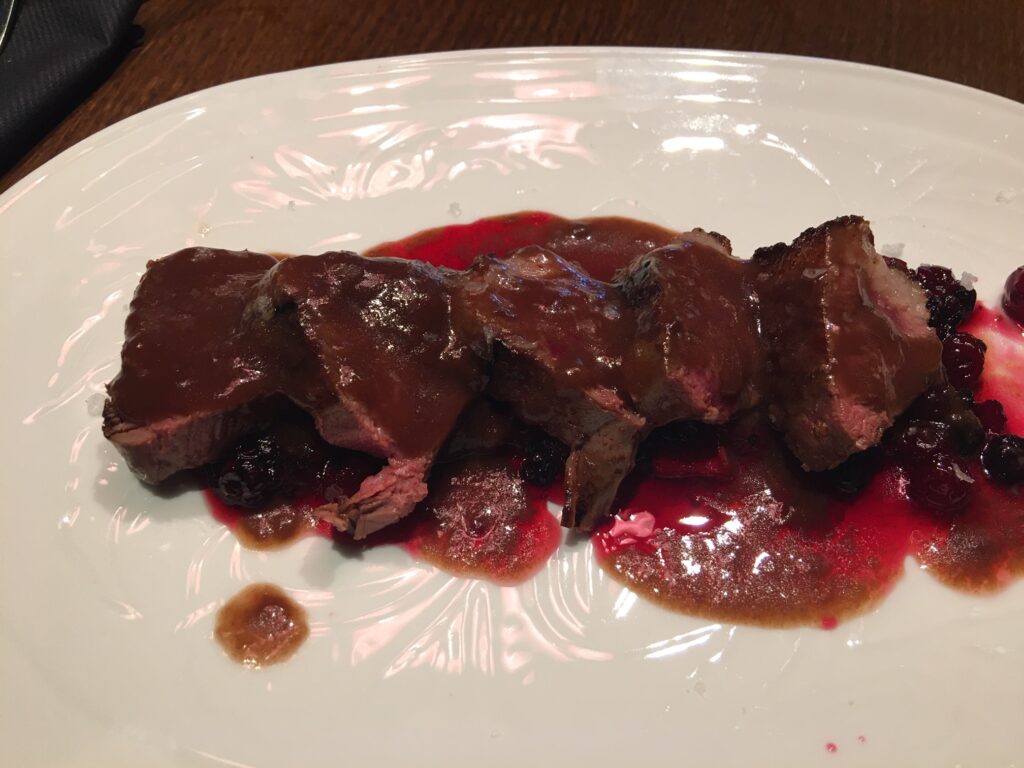
GASTRONOMIA.- LOCAL PRODUCTS.
The essence of Catalan gastronomy
Catalan cuisine is influenced by its lands, history, and culture. Trying and enjoying the products of a country brings us closer to its traditions and customs. Experiencing Catalonia means diving in the sea, discovering the villages and countryside, interacting with nature, and more. From north to south and from east to west, Catalonia is a country to be savored.
The diversity of Catalonia’s landscapes results in the availability of a wide variety of ingredients: excellent fish and shellfish, fruit, exquisite vegetables, top-quality meats, and drinking water that deserve international recognition. In addition to all these products, there is a real tradition of Catalan cuisine, with remarkable leading products already famous in mediaeval times. In the final years of the 20th century, the Catalan chefs gave added value to the raw ingredients and achieved recognition around the planet. The Roca brothers, Ferran Adrià, and Carme Ruscalleda are highly-regarded names in the universe of haute cuisine.
The wines deserve their own chapter, as Catalonia started out as an international supplier of wines in Roman times. Today, Priorat wine is served in the best glasses on the planet and following the example of
the pioneers, the Catalan producers have wagered on the quality and promotion of their products.
Rituals and Traditions
Modern astronomy aside, people have recognized the vernal equinox for thousands of years. Many early peoples celebrated for the basic reason that their food supplies would soon be restored. The date is significant in Christianity because Easter always falls on the first Sunday after the first full moon after the vernal equinox. It is also probably no coincidence that early Egyptians built the Great Sphinx so that it points directly toward the rising Sun on the day of the vernal equinox.
To share the different activities and family tourist programmes or for small groups, Esteve Business Cars will find a suitable transport offer for different needs. We have a varied fleet of private vehicles with driver, Minivans and Minibuses of different capacities.
